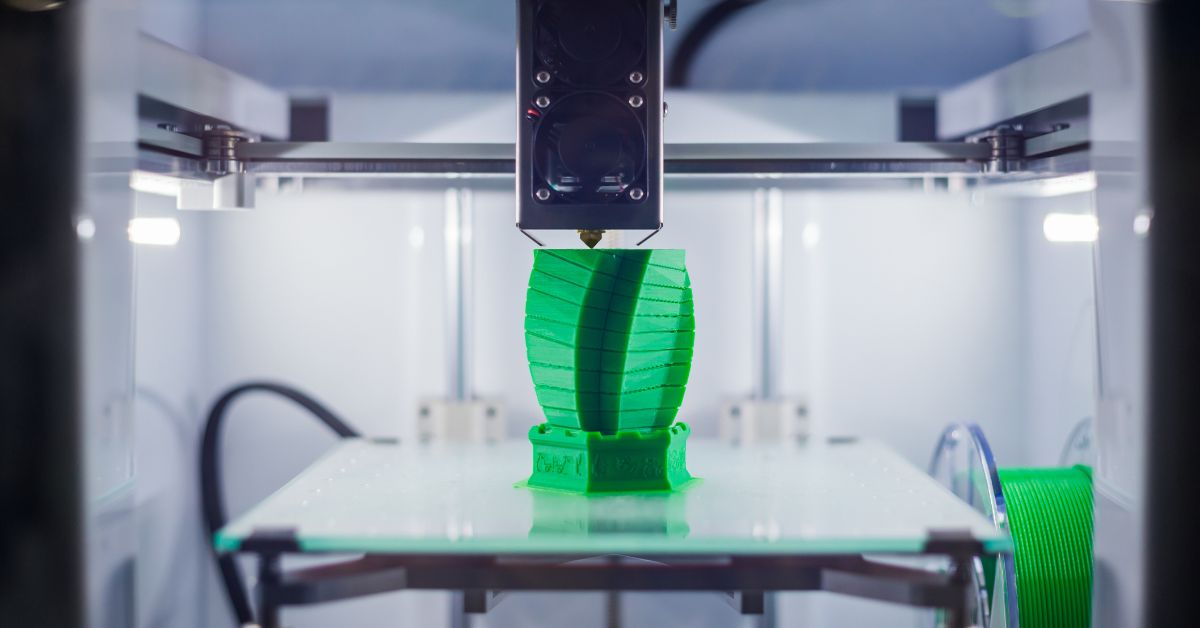Different Prototyping Techniques That Are Effective

Today, product design and manufacturing industries are continually evolving. Prototyping plays a crucial role in developing successful designs, and there are various tried-and-true methods for producing viable prototypes. In this article, we’ll explore some effective prototyping techniques, their applications, and how each can impact different industries.
Wireframing for Digital Products
Wireframing is an essential technique in digital product development. It involves creating visual blueprints or layouts of web pages or user interfaces. This method helps designers and developers understand user flow, establish hierarchy, and evaluate the layout’s effectiveness before full implementation. Some industries that benefit from wireframing include IT, advertising, and e-commerce. Businesses can save time and money by eliminating or fixing design issues early on when they incorporate wireframes in the development process.
Additive Manufacturing and 3D Printing
Additive manufacturing, commonly known as 3D printing, has revolutionized rapid prototyping in various industries. Innovative and complex design concepts can come to life through the layer-by-layer addition of materials like plastics, metals, or ceramics. Whether in the automotive or aerospace industry, 3D printing enables faster design iteration and the ability to test multiple variations of a prototype relatively quickly and cost-effectively.
High-Precision Resin 3D Printing
Resin 3D printing is another prototyping technique that’s effective. Although it’s a subset of general 3D printing, its focus is distinct. This type of prototyping is ideal for intricate designs, such as jewelry or dental implants, where high accuracy, complex details, and smooth surface finishes are crucial. It uses photopolymer resins that harden when exposed to ultraviolet light, resulting in cleaner and more precise surface finishes than other 3D printing methods. Using resin 3D printing for product development can also benefit industries where smaller-scale models are critical for validating and refining a design.
CNC Machining for Higher Durability
CNC (Computer Numerical Control) machining is a subtractive prototyping technique where a computer-controlled device removes material from a solid block to create the desired part. CNC machining is best for prototypes that require higher strength and durability, such as those in the aerospace and automotive industries. This technique offers high precision and consistency, allowing designers to evaluate the functionality and reliability of their prototypes more accurately.
In Conclusion
Each prototyping technique offers its share of benefits, and businesses need to evaluate the factors of their desired product and industry requirements when selecting the appropriate method. Innovative prototyping techniques, including wireframing, additive manufacturing, resin 3D printing, and CNC machining, can help businesses create better products that cater to their target market’s needs. By implementing the right technique, businesses can optimize their design processes, save time and money, and ultimately deliver user-friendly products that stand out in today’s competitive market.





